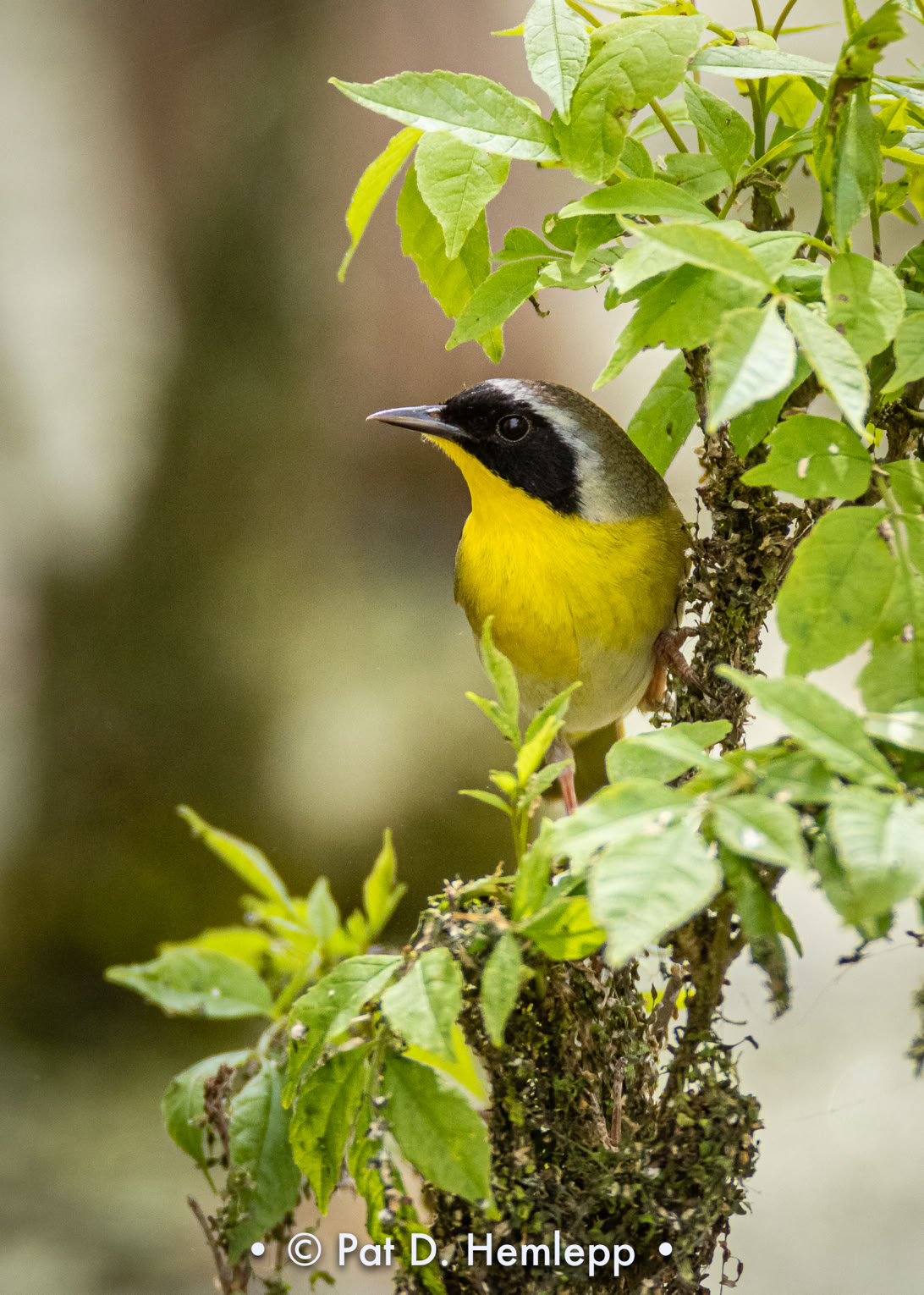-
Menu
Tech specs
I have a number of very good photos of Common Yellowthroats in my files, but this one stands out. The reason: It’s one of just a few that have the bird isolated against an uncluttered background.
Yellowthroats spend much of their time bouncing through fields, staying close to the ground as they search for insects to eat. That means the majority of my photographs show the bird against a background of plants or tangled branches.
But this time was different.
I found this male Common Yellowthroat when I was photographing migrating warblers in Ottawa National Wildlife Refuge along Lake Erie in Northern Ohio.
This yellowthroat had been bouncing through plants close to the ground, partially obscured as always. Then he flew up to a tree limb to take a look around before flying off into the distance. I was able to grab a quick shot before he left.
Yellowthroats are warblers. Unlike most other warblers that pass through my “home range” of Central Ohio on their way to breeding grounds in Canada during the spring and en route to winter homes in Central and South America in the fall, the Common Yellowthroat’s summer range covers much of the United States. That means I see — and photograph — yellowthroats during much of the summer.
Male Common Yellowthroats are distinctive. Their face is covered with a broad black mask, creating a sense of a bandit at work. The males are bright yellow below and olive above. Females are primarily an olive brown with brighter yellow on the throat and under the tail. Females lack the black mask.

A male Common Yellowthroat watches from its perch in Ottawa National Wildlife Refuge, Oak Harbor, Ohio.